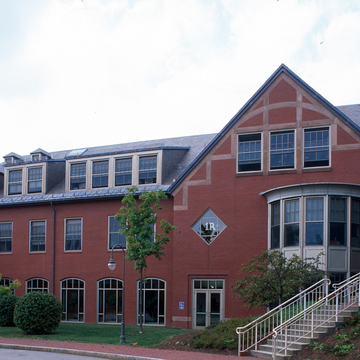You are here
Kennard House (Brookline Music School) and Lincoln School
One of the first Boston merchants to erect a country house in the vicinity of the old town green was Jeremiah Wells, whose 1843 house now serves as the Brookline Music School. Gridley J. F. Bryant designed a bowfront Greek Revival house similar to his contemporary Boston brick bowfront town houses. Accessible with permission of the music school, the house, which contains much of its original
For the adjacent Lincoln School, Graham Gund derived his design from late-nineteenth-century Romanesque Revival public architecture, but without the same sense of monumentality. The principal facade embraces a circular driveway in a manner that welcomes visitors. Warmly colored materials scaled to elementary schoolchildren make the exterior appealing.
Writing Credits
If SAH Archipedia has been useful to you, please consider supporting it.
SAH Archipedia tells the story of the United States through its buildings, landscapes, and cities. This freely available resource empowers the public with authoritative knowledge that deepens their understanding and appreciation of the built environment. But the Society of Architectural Historians, which created SAH Archipedia with University of Virginia Press, needs your support to maintain the high-caliber research, writing, photography, cartography, editing, design, and programming that make SAH Archipedia a trusted online resource available to all who value the history of place, heritage tourism, and learning.


